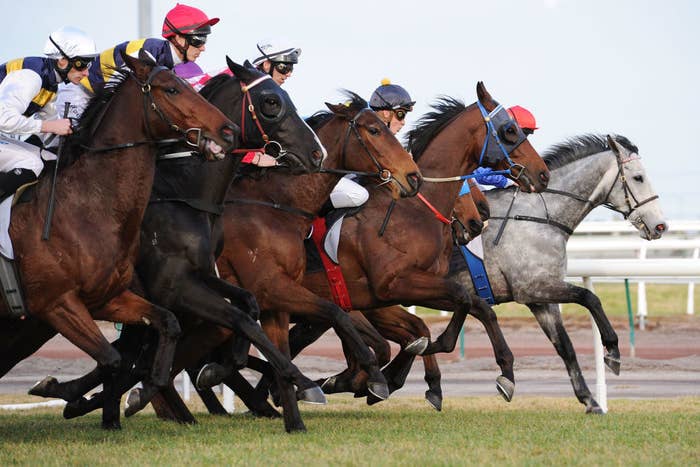
1. From August 2020 to July 2021 (the "racing year"), at least 149 horses were killed on Australian racetracks.
2. This was 33 more than last year and equates to one horse suffering a painful, life-ending injury in the name of gambling profits every 2.5 days.
3. Compare this to numbers recorded in 2014, which state that there were 125 deaths — equating to one death every 2.9 days.
4. At least six horses died from cardiac causes, while at least five horses died from "bleeds" — otherwise known as bleeding from the lungs.
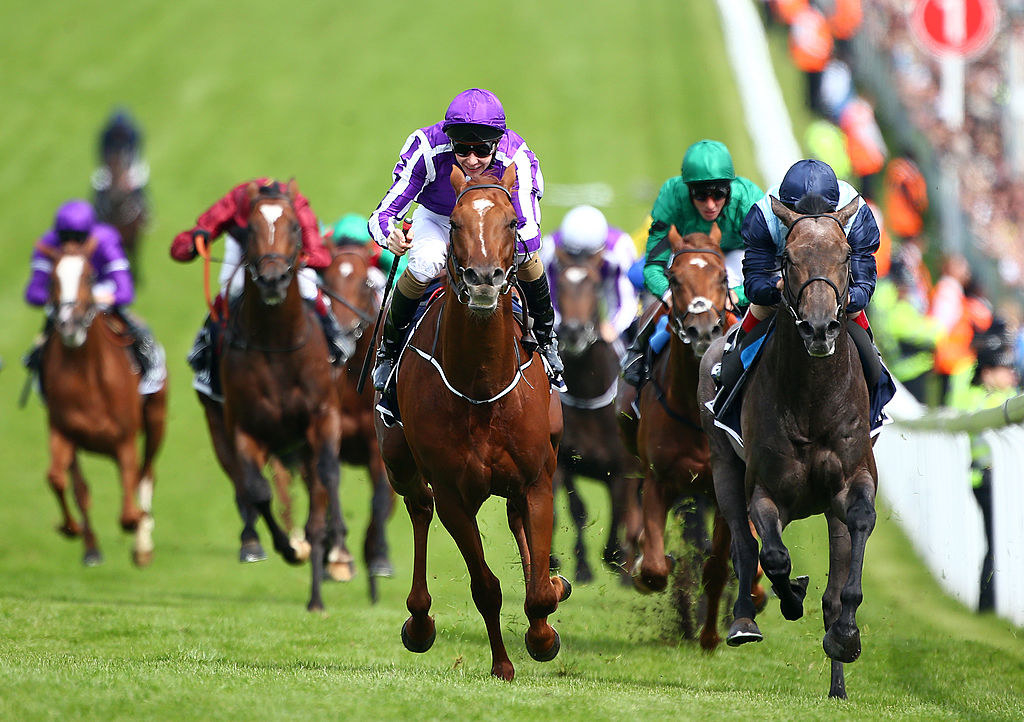
5. Fifty three of the horses that were reported to have been killed had been raced as a two year old.
6. Nine horses were only two years old when they died on track.
7. The Australian state with the highest recorded deaths was NSW (63), followed by VIC (32) and QLD (29).
8. In addition to these deaths, many thousands of horses die every year from racing-related injuries off the track after being raced, in training or are killed prematurely when they are no longer commercially viable.
When this happens, it's called "wastage" by the racing industry.
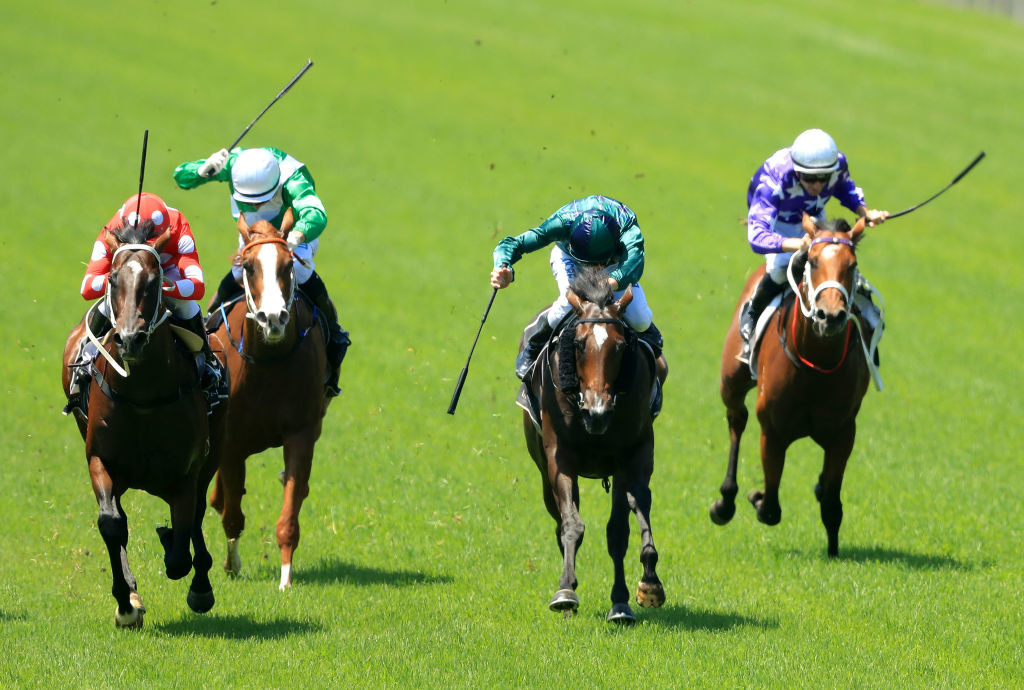
9. Because most Australian states do not report deaths that happen while training or in trials, the total number of recorded horse deaths could be far higher than estimated.
10. During the period between 2020-2021, four horses died in their first ever race. They were called Sacred Captain, Salento, Black Venture and Hadley.
Sacred Captain was two years old and collapsed on pulling up past the winning post. Salento was four years old and collapsed and fell making heavy contact with the inside running rail. Black Venture was three years old and sustained a fracture to the off-hind femur. Lastly, Hadley was three years old and suffered a serious racing injury.
11. A further 10 horses didn't even make it to the racetrack and died in their first trials or trackwork. Their names were Major Zariz, Shout For Summer, Without Reach, Monopolist, Lunar Goddess, Soyouinamood, Man O'Luck and three unnamed horses.
The horses were aged between one-four years old and had suffered a variety of different injuries.
12. The average time a horse is used for racing is less than three years.
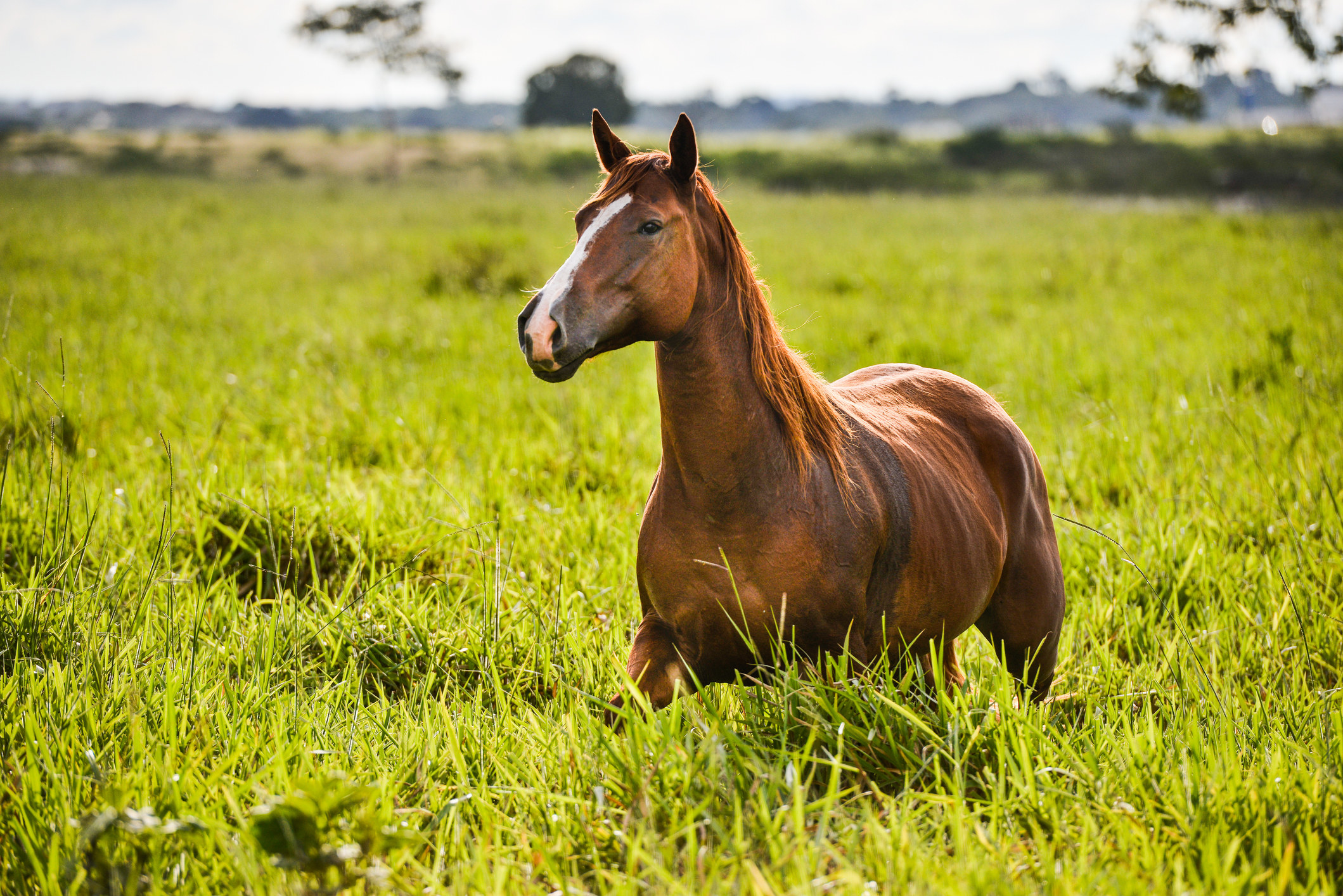
13. A proportion of retired racehorses will become breeding, recreation or equestrian sport horses. The majority will be sent to knackeries or abattoirs to be slaughtered, especially if they're deemed as not being "healthy" — which is common due to the intensity of horse racing.
14. Since 2013, seven horses have died on Cup Day or in the lead up to the "race that stops the nation". Their names are: Verema (2013), Admire Rakti (2014), Araldo (2014), Red Cadeaux (2015), Regal Monarch (2017), The Cliffsofmoher (2018) and Anthony Van Dyck (2020).
15. There has been controversy surrounding Anthony Van Dyck's death. The horse was the favourite to win, but suffered a catastrophic injury near the 500 metres mark and was "humanely euthanised", according to stewards.
16. However, instead of being immediately euthanised, Anthony Van Dyck was loaded onto a float and taken off course to be killed. According to the Coalition for the Protection of Racehorses, this would have prolonged the horse's suffering in his final moments and was an attempt to avoid more bad publicity.
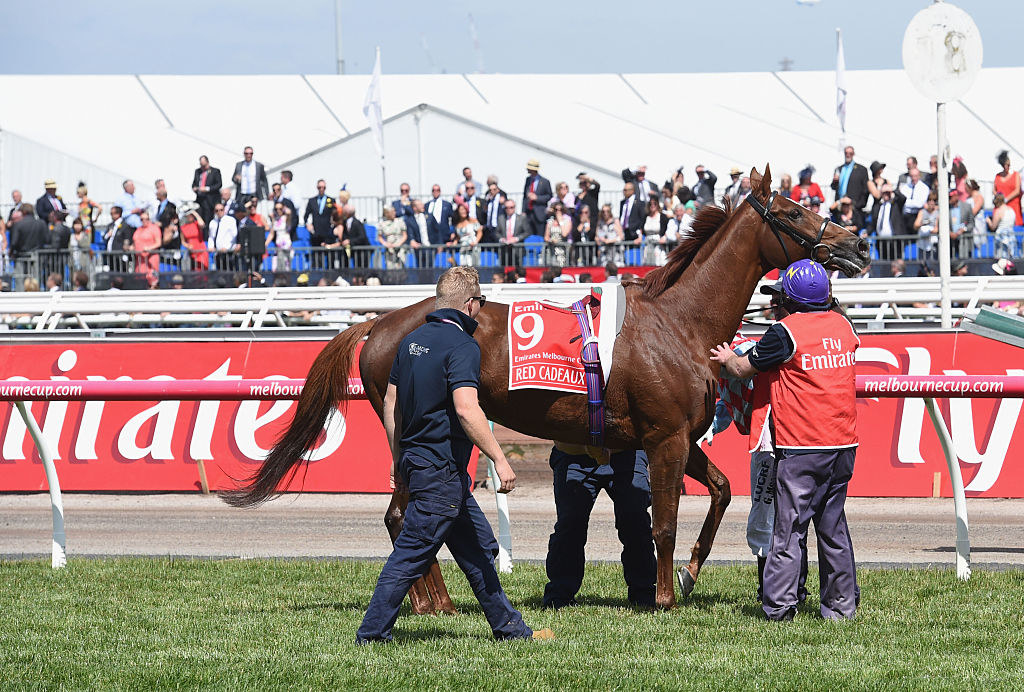
17. A follow up investigation into Anthony Van Dyck's death found that the horse was lame a month before the Melbourne Cup, that a nerve blocker was administered in the weeks leading up to Cup Day and that although a CT imaging machine was available to the horse's trainers — which would have shown the severity of the injuries — it was not utilised.
18. The use of whips, tongue-ties and spurs is officially endorsed by racing authorities, despite this sort of equipment having the potential to cause pain, discomfort and injury to horses.
A tongue-tie is a piece of nylon or elastic that is wrapped tightly around the tongue and tied to the lower jaw to restrict movement during a race. It can lead to permanent injury. Meanwhile spurs, which are made of metal, are attached to the back of riding boots and exert sharp pressure when the jockey squeezes or kicks the horse in the flank area.
19. According to the RSPCA, who strongly oppose all three types of equipment being used on horses, whips have the potential to cause localised trauma and tissue damage. Horses can also be whipped an unlimited number of times during the last 100 metres of a race, which is when they are most fatigued and have less capacity to respond.
20. Studies have also shown that whips are cruel, useless and doesn't make horses run faster.
21. And lastly, in an investigation by the ABC's 7.30 Report, they revealed that around 300 horses used for racing were sent to the Meramist Abattoir in Queensland over a period of 22 days.
They had won a total of almost $5 million in prize money.
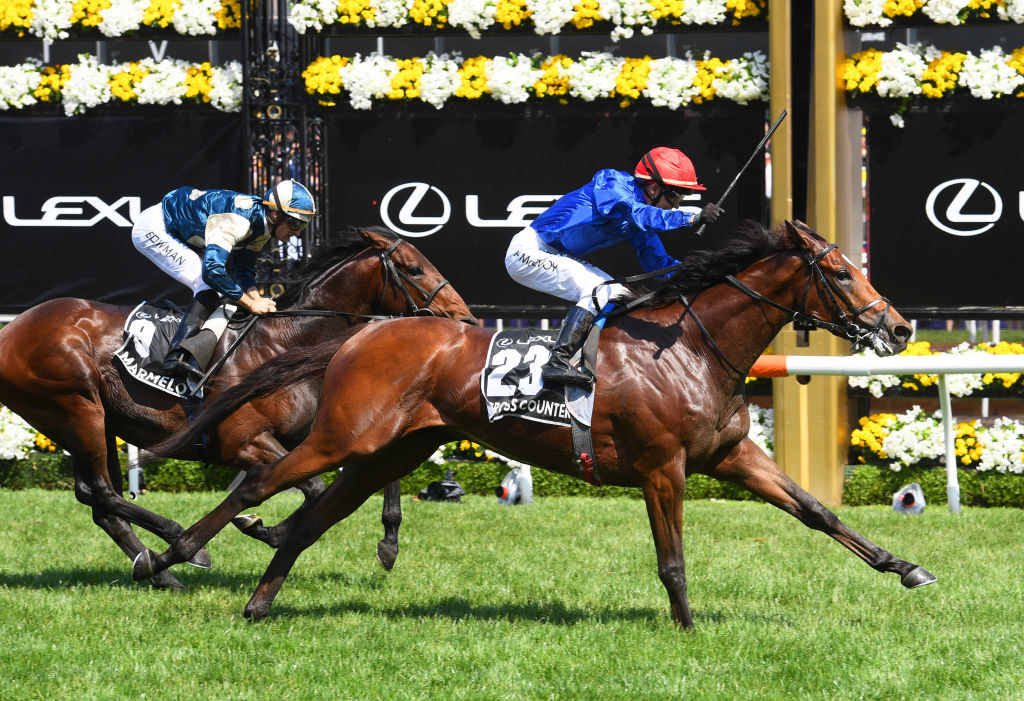
All facts have been collected from the Coalition for the Protection of Racehorses, including their 2021 Deathwatch Report, and the RSPCA unless otherwise stated.
